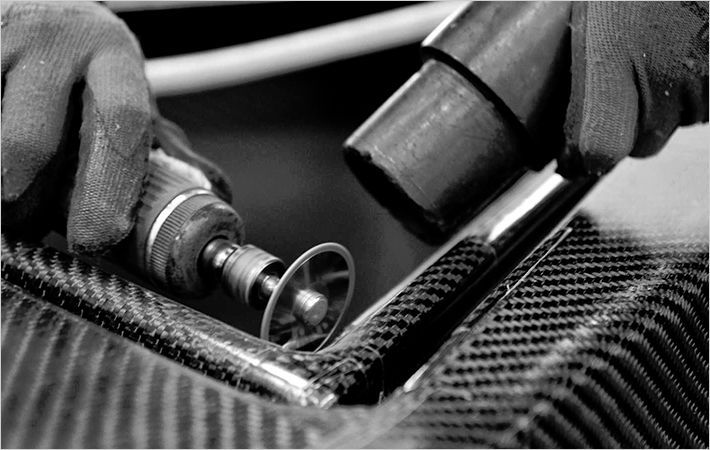Boeing and ORACLE TEAM USA, working with research partners, will utilize a technique developed to recycle composite materials from Boeing's 787 Dreamliner, which is 50 percent composite by weight and 20 percent more fuel-efficient than similarly sized aircraft. Composite materials allow a lighter, simpler structure, which increases efficiency, and do not fatigue or corrode. In yachts, composite construction also provides the ability to develop a lighter vessel that is stronger and stiffer at the same time.
"The introduction of composites in yacht construction was a major step in our sport. The materials and processes have continued to evolve, allowing us to build the high-tech, high-speed AC72 catamarans raced in this year's America's Cup," said Chris Sitzenstock, ORACLE TEAM USA logistics. "Now, we have the ability to work with Boeing to take the next steps in composite recycling, and to help reduce our environmental footprint. We will also look to recycle carbon components remaining from the build of our yachts."
"Boeing leads the commercial aviation industry in increasing the use and recycling of composites to improve aircraft fuel efficiency and reduce greenhouse gas emissions," said Billy Glover, Boeing Commercial Airplanes vice president of market strategy. "We are very pleased now to work with ORACLE TEAM USA, which transformed the science of sailing to win the America's Cup, to advance sustainability and the science of composite recycling."
Boeing and ORACLE TEAM USA will work with the University of Nottingham in the United Kingdom and MIT-RCF, a South Carolina company specializing in repurposing carbon fiber components. In 2006 Boeing began collaborating with the University of Nottingham on carbon fiber recycling and they continue to work on recycling processes and technology to process the recycled fiber into new applications.
USA-71's hull will be cut into 4-foot sections and the mast will be chopped into manageable pieces before it is processed; about 75 percent of the recycled composites will come from the hull and the remaining 25 percent from the mast.
Boeing and ORACLE TEAM USA expect to gather data about the mechanical properties, costs and time flows to recycle sailing-grade composite materials in comparison to aerospace-grade and automobile-grade composites. Although the companies have not determined the post-recycling use of the yacht's carbon fiber, potential end users include consumer and industrial products.
Boeing

